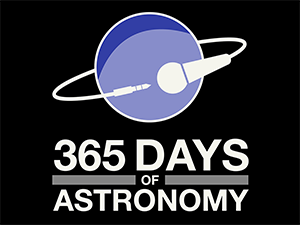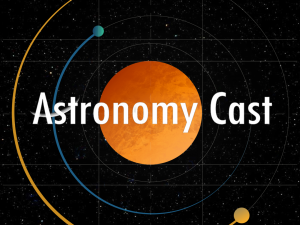
Scientists with NASA’s Dawn mission were surprised to find that Ceres has no clear signs of truly giant impact basins. This image shows both visible (left) and topographic (right) mapping data from Dawn. Credit: NASA/JPL-Caltech/SwRI.
Who would have expected a mystery on Ceres? The largest asteroid in the belt located between Mars and Jupiter seems fairly straightforward. The scientists expected similar results to the ones they gleaned from the study of Vesta, another asteroid being studied by Dawn. The Dawn spacecraft has been orbiting Ceres since 2015, however, and the results are astounding. Ceres does not have the size or number of large impact craters expected, even when compared with Vesta. So why were there fewer craters of size on Ceres?
Check out this article by Nancy Atkinson over at Universe Today for more on this mystery.



